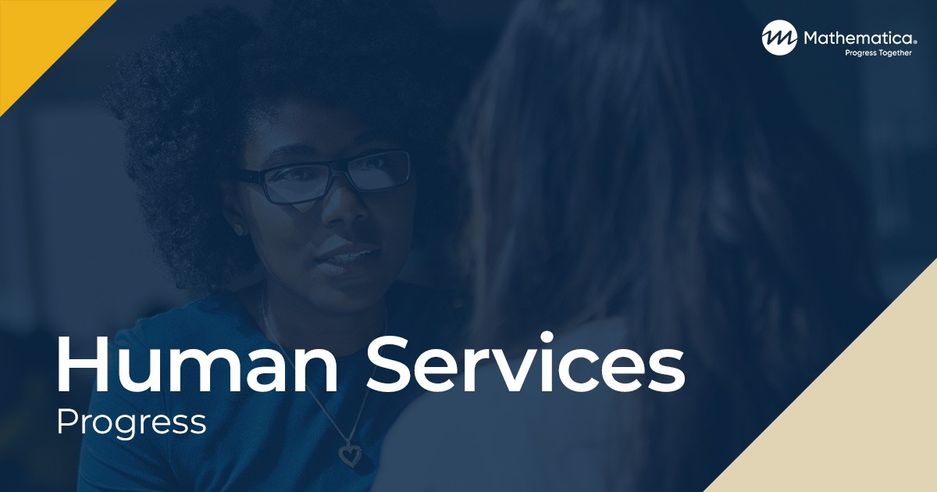How to Assess and Address Technical Assistance Needs: Insights from the Literature and Practice
Models of Coordination and Technical Assistance to Achieve Outcomes in Communities
Prepared for:
U.S. Department of Health and Human Services, Office of the Assistant Secretary for Planning and Evaluation
- There is no consensus, either in the research literature or in practice, about the best way to assess recipients’ needs for training or technical assistance (TA), and what form training and TA should take.
- Collecting information from potential training and TA recipients and program participants, using a structured needs assessment tool, and analyzing data about an organization or on the demand for training and TA can help TA providers understand recipients’ needs.
- How training and TA is designed and delivered—who delivers it, when, and where—can influence how well it fills recipients’ needs.
- TA recipients identified several valuable practices:
- Tailoring training and TA to recipients’ needs and contexts
- Co-designing it with recipients
- Giving them concrete and actionable steps they can take
- Aligning cross-sector training and TA across efforts
- Being clear about what recipients will be expected to do if they are going to participate in training or TA
Many stakeholders value and use training and technical assistance (TA) to plan for change and to develop innovative solutions to both long-standing and newly emerging problems. Training and TA is commonly defined as the transfer of knowledge, expertise, and skills to people, organizations, and communities. It can reveal gaps in services or a need for new or different services. Federal, state, and local governments can provide training and TA to meet their policy objectives or to help people or organizations comply with program rules or adopt best practices. Grantmakers can require or encourage participation in training and TA as part of a grant, and organizations may provide it or seek it out to fulfill their missions. Whatever the reason, it is critical for providers to clearly understand why someone is using training and TA so that they can design it to meet recipients’ needs. This brief shares examples of training and TA in the context of cross-sector collaboration, which was an initial focus of the study.
How do you apply evidence?
Take our quick four-question survey to help us curate evidence and insights that serve you.
Take our survey
